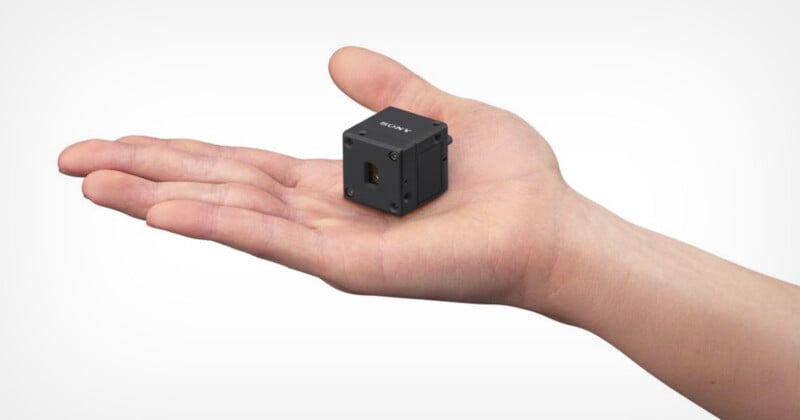- 0 replies
- 12 views
- Add Reply
- 0 replies
- 12 views
- Add Reply
- 0 replies
- 125 views
- Add Reply
- 0 replies
- 108 views
- Add Reply
- 0 replies
- 67 views
- Add Reply
Multi-frequency microwave model advances land surface monitoring

By Lurker,


A new study introduces the Community Land Active Passive Microwave Radiative Transfer Modeling platform (CLAP)—a unified multi-frequency microwave scattering and emission model designed to revolutionize land surface monitoring. This cutting-edge platform combines active and passive microwave signals to offer potentially accurate simulations of soil moisture and vegetation conditions.
By incorporating advanced interaction models for soil and vegetation, CLAP has the potential to address key
Finnish researchers map endangered wolverine habitats using satellite data

By Lurker,


Researchers at Aalto University have, for the first time, investigated the occurrence of wolverines across the whole of Finland using satellite imagery, field measurements, and snow track observations.
The wolverine, a predator typically found in the fells and forests of northern Finland, was classified as endangered in the country already in the 1980s. Although information on the species' historical range is limited, wolverines are known to have inhabited southern Finland as recently as th
Tern AI’s low-cost GPS alternative actually works

By Lurker,
We’ve all experienced that moment of frustration when the GPS glitches and you miss an exit on the highway. The team at Tern AI, which is building a low-cost GPS alternative, says that’s because the current technology is limited by its reliance on satellite positioning.
Tern AI says it has figured out how to locate the position of a vehicle using only map information and a vehicle’s existing sensor data. The company’s pitch: It’s a cheap system that doesn’t require any additional expensive
Sony Unveils the World’s Smallest and Lightest LiDAR Depth Sensor

By Lurker,

Sony announced the AS-DT1, the world’s smallest and lightest miniature precision LiDAR depth sensor.
Measuring a mere 29 by 29 by 31 millimeters (1.14 by 1.14 by 1.22 inches) excluding protrusions, the Sony AS-DT1 LiDAR Depth Sensor relies upon sophisticated miniaturization and optical lens technologies from Sony’s machine vision industrial cameras to accurately measure distance and range. The device utilizes “Direct Time of Flight” (dToF) LiDAR technology and features a Sony Single Photon
Australia unveils jam-proof quantum tech that’s 50 times more accurate than GPS

By Lurker,
Australia’s Q-CTRL has announced the first real-world demonstration of its commercially viable quantum navigation system. The system works without Global Positioning Systems (GPS), cannot be jammed, and is already proving to be drastically more accurate than anything else.
This is a big deal as many vehicles worldwide (including planes and cars) rely heavily on GPS for navigation. However, GPS can be jammed, spoofed, or even denied, especially during military conflicts or cyberattacks.
-
Forum Statistics
8.8k
Total Topics43.5k
Total Posts



